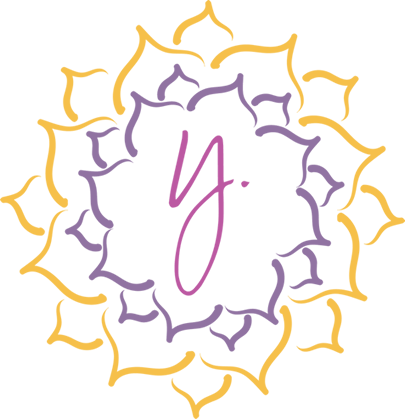It’s called the Emotional Guidance Scale.
When I was born, my parents and I lived in government-subsidized housing. My dad was hardly ever around, and my mom had no car and very little money—certainly nothing to spend on entertainment. With nowhere to go and no one but a brand-new baby (aka: me) to talk to, my mom spent her days doing two things:
When I was asleep, she cleaned the house, and when I was awake, she cleaned me.
Every day, she gave me baths and changed my clothes repeatedly, just to have something to do. Day after day, once she cleaned the house, she would wash me, and dry me, and rub lotion on me, and dress me, and play with me, and then when she finished, she would start all over again―sometimes multiple times a day. (For a baby, I smelled really good.)
What the work of mindfulness taught me is that this became a deep patterning for me.
I’m a total spa baby. I love to be pampered. I love physical touch; I love physical connection.
They’re deep, visceral needs.
Now, I know it’s because the ways my mom used to care for me as a baby. And, it’s kind of amazing that in such staggering poverty, my mom was able to create such luxury out the love of a mother for her child.
Even as babies, we’re aware of what is going on around us. Before doing the work of mindfulness, I might not have been able to consciously draw the connection between my childhood baths and my love of pampering now, but that whole experience is still wired into my neural pathways.
On an emotional level, everything we experience is a part of who we are.
There’s a science to it, too.
Did you know that every human emotion has a measurable frequency?
Every one of your feelings creates a measurable vibration that transmits beyond your body. The visual representations of those frequencies is called the Emotional Guidance Scale—and not only does it illustrate that positive emotions create higher frequencies, it can guide you through the mental and emotional steps to achieve the feeling (and frequency) that you want.
The highest frequency emotions are feelings like joy, empowerment, freedom, and love.
The lowest frequencies include fear, grief, depression, and powerlessness.
A feeing like hopefulness—where you consciously begin to deliberately create your life—falls solidly in the middle.
Most of us live our lives near the bottom of the Emotional Guidance Scale—weighted down by lower frequencies.
You can think of your feelings like food for your cells—different feelings (like different foods) produce different results. Love is like the kale of feelings: Chock full of vitamins and minerals and all sorts of ruffage that will keep your insides happy and help you grow. Fear is kind of like the aspartame of “food.” (FYI, aspartame is technically a “chemical compound.”)
When you’re working your way towards the bottom of that Emotional Guidance Scale, plagued by negative thoughts that you can’t seem to shake, neuropeptides communicate those feelings to the cells in your body. This cellular process initiates the production of stress hormones like cortisol, norepinephrine, cytokines, and histamine. Some studies have even likened cortisol to metal-searing acid―that’s how crummy it is for our human tissue.
Metal-searing acid on your cells? All because of a set of patterned belief-informed thoughts that aren’t serving you?
I’ll pass.
The flip side is that when you move up the Emotional Guidance Scale your positive feelings ignite cellular processes that generate growth hormone, dopamine, oxytocin, and vasopressin—all of which promote healthy cellular growth.
When you think about the state of our culture, particularly in the west—the abuse and addiction, the debt, and the obesity—everything we do to try to keep ourselves from facing the pain we feel is simply our way of trying to liberate ourselves from lower-frequency emotions.
But what if you believed you aren’t a victim of your feelings?
What if you believed pain was nothing more than your launch pad for moving up the Emotional Guidance Scale?
Every one of us has the capacity believe that our pain is simply trying to teach us something.
Fighting against your pain is never the answer. The answer is to sit down (and shut up) and allow your pain. Recognize it as a part of you and trust that if it is showing up, that means you’re ready and willing to learn what it is trying to teach you.
